Introduction to Stud Welding Machines
Stud welding machines are specialized devices used to join fasteners, such as studs or threaded rods, to metal surfaces quickly and efficiently. They rely on techniques like arc welding, capacitor discharge, or drawn arc welding to create a strong and durable bond between the stud and the base metal. Selecting the right metal material is critical for achieving optimal weld strength, quality, and durability. Understanding which metals are suitable allows operators and engineers to maximize the performance of stud welding machines in various applications.
Mild Steel and Low-Carbon Steel
Mild steel and low-carbon steel are the most commonly used metals for stud welding. Their high weldability, ductility, and thermal conductivity make them ideal candidates for arc and capacitor discharge welding processes. These metals allow for strong penetration of the weld, creating a durable bond between the stud and the base metal.
Applications and Advantages
Mild steel is widely used in construction, automotive manufacturing, and machinery production. The main advantages of welding studs to mild steel include:
- High-quality welds with excellent mechanical strength
- Ease of welding without preheating in most cases
- Cost-effective material for large-scale production
- Compatibility with standard welding studs and techniques
Stainless Steel
Stainless steel offers corrosion resistance and durability, making it suitable for outdoor, marine, and chemical applications. Stud welding on stainless steel requires careful control of heat input to prevent warping or discoloration, particularly with high-carbon or austenitic grades. Specialized studs made of compatible stainless steel alloys are recommended to achieve consistent weld quality.
Considerations for Welding Stainless Steel
When welding studs to stainless steel, operators should consider:
- Using studs made from the same stainless steel grade for optimal corrosion resistance
- Controlling welding time and heat to prevent oxidation and distortion
- Cleaning the base metal surface to remove oils or contaminants
- Employing shielding gases if necessary to enhance weld quality
Aluminum and Aluminum Alloys
Aluminum and its alloys are lightweight metals with excellent corrosion resistance. Stud welding on aluminum requires attention due to its high thermal conductivity and oxide layer formation, which can interfere with weld penetration. Proper cleaning, preheating, and selecting compatible aluminum studs are essential for achieving reliable results.
Best Practices for Aluminum Welding
- Remove oxide layers with chemical or mechanical cleaning
- Use aluminum studs with similar alloy composition
- Control heat input to avoid burn-through
- Consider capacitor discharge or drawn arc methods for thin aluminum sheets
Copper and Copper Alloys
Copper and its alloys, such as brass and bronze, are conductive metals commonly used in electrical and plumbing applications. Stud welding copper requires careful management due to its high thermal conductivity, which dissipates heat rapidly. Selecting compatible studs and adjusting welding parameters are crucial for forming secure and uniform welds.
Challenges and Solutions
Key considerations for welding studs to copper include:
- Using preheating to improve weld penetration on thick copper plates
- Selecting studs with similar thermal and chemical properties
- Ensuring clean, oxide-free surfaces before welding
- Using precise welding equipment settings to prevent stud displacement
Factors Affecting Material Suitability
The suitability of metals for stud welding is influenced by several factors:
- Thermal conductivity and heat dissipation characteristics
- Surface oxide layers and cleanliness requirements
- Material thickness and strength of the base metal
- Compatibility between the stud material and base metal
- Welding method (arc, capacitor discharge, or drawn arc)
Conclusion: Choosing the Right Metal for Stud Welding
Stud welding machines are highly versatile and capable of joining a variety of metal materials, including mild steel, stainless steel, aluminum, and copper alloys. Selecting the appropriate base metal and matching it with compatible studs ensures strong, reliable, and durable welds. By understanding the properties, challenges, and best practices for each metal type, operators and engineers can achieve optimal results in industrial, automotive, construction, and electrical applications.
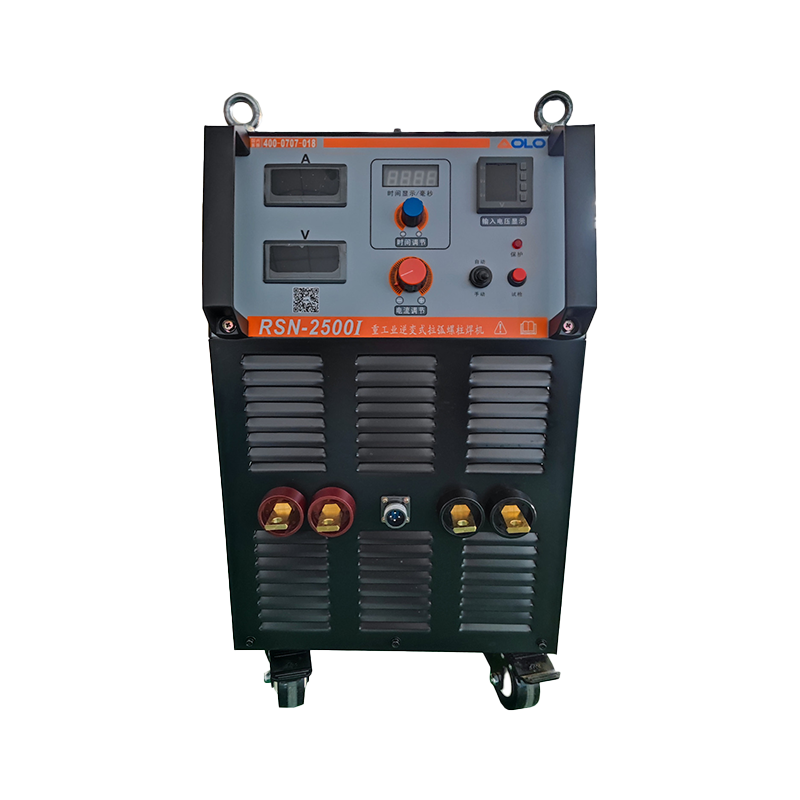



 English
English 中文简体
中文简体 Español
Español русский
русский


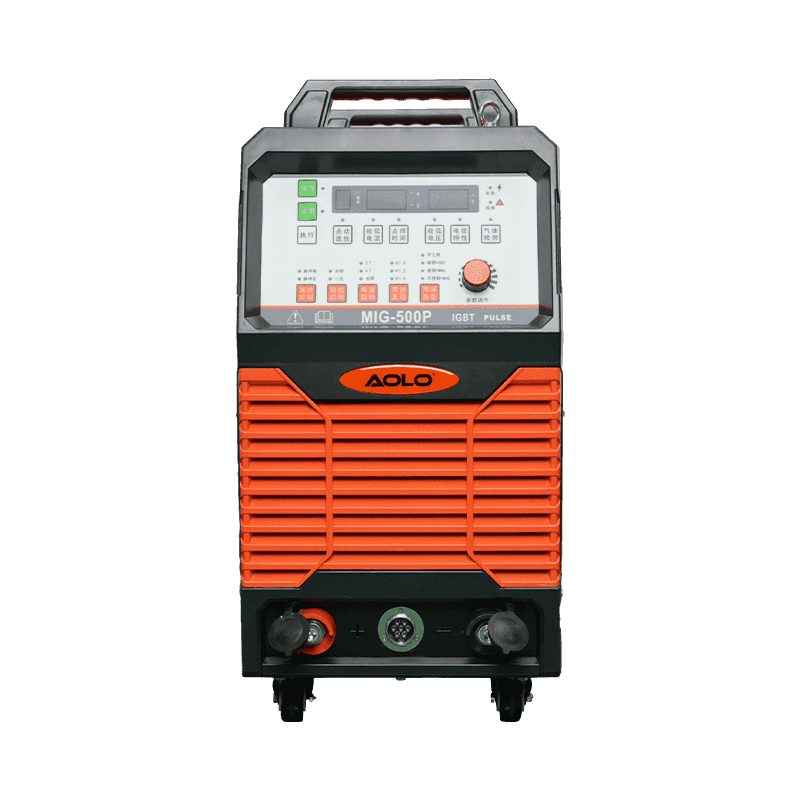
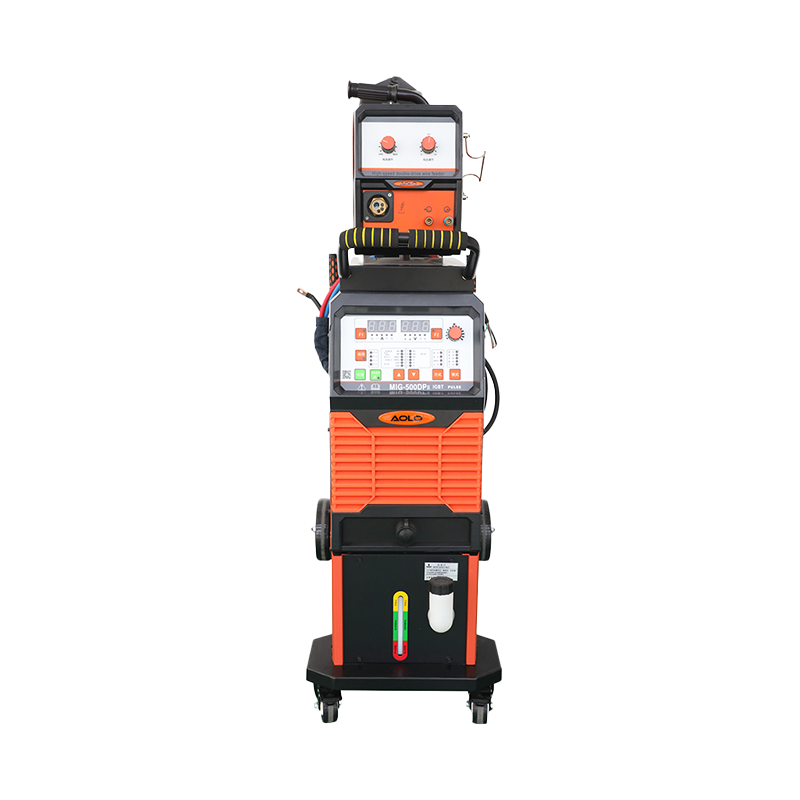
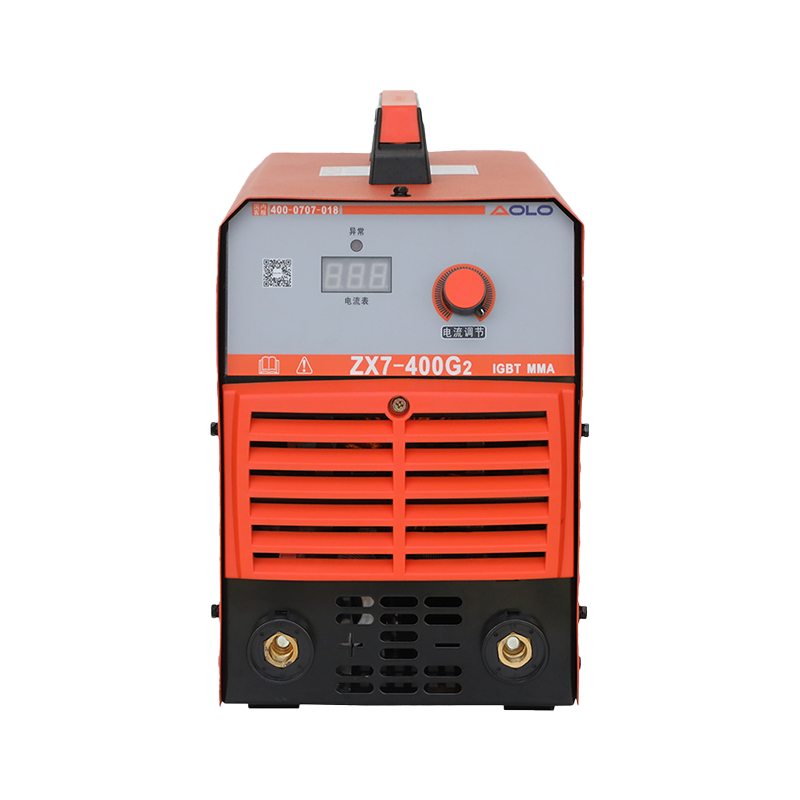
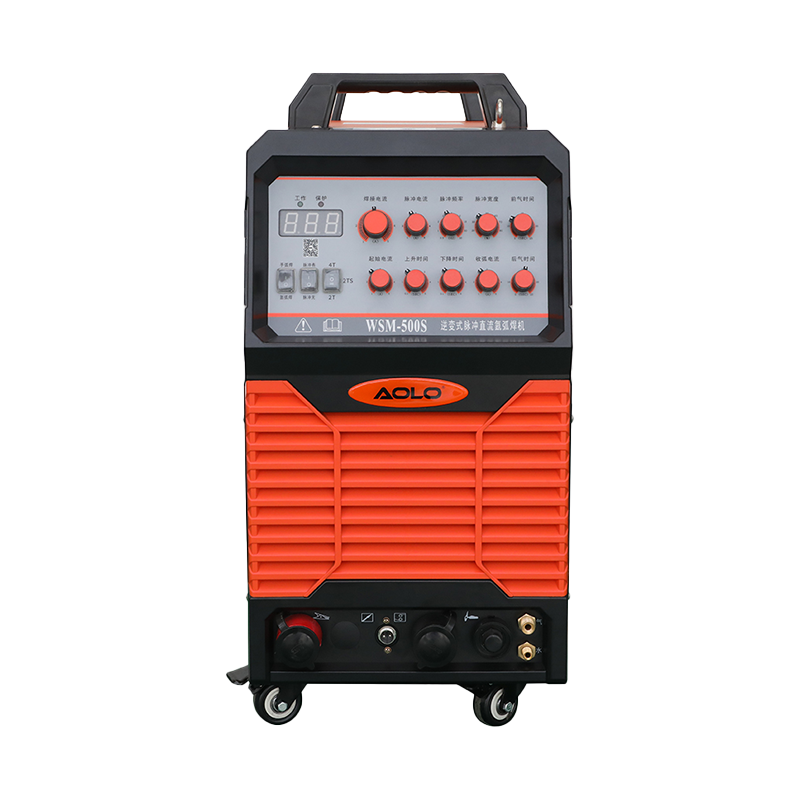
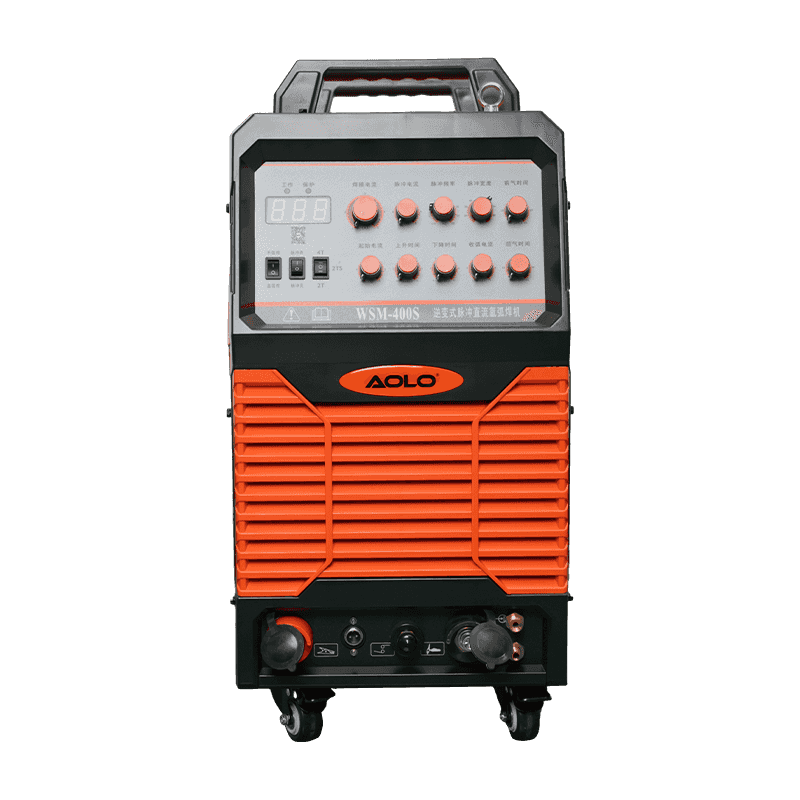

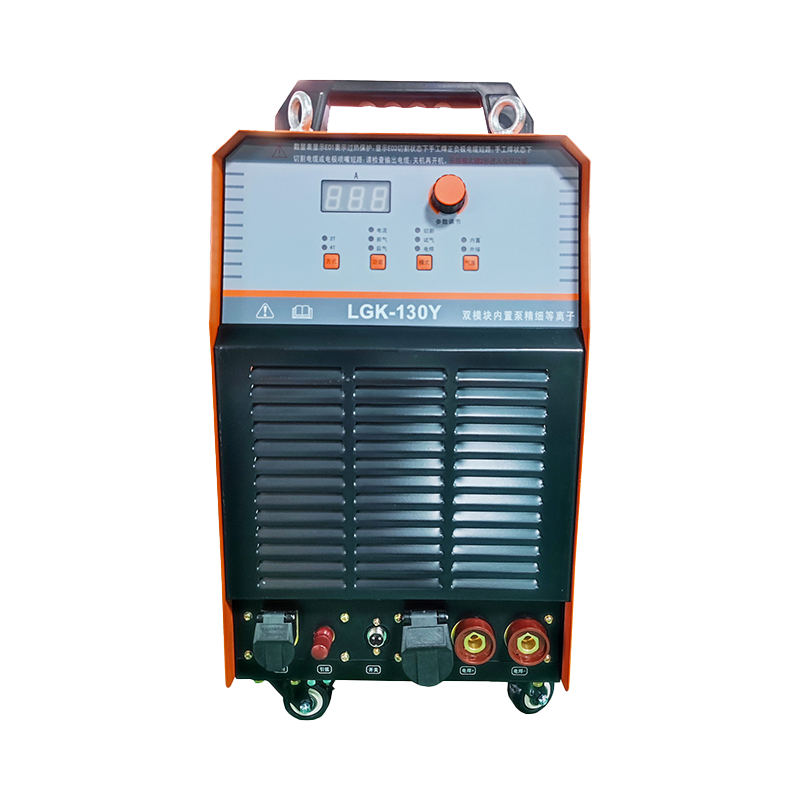
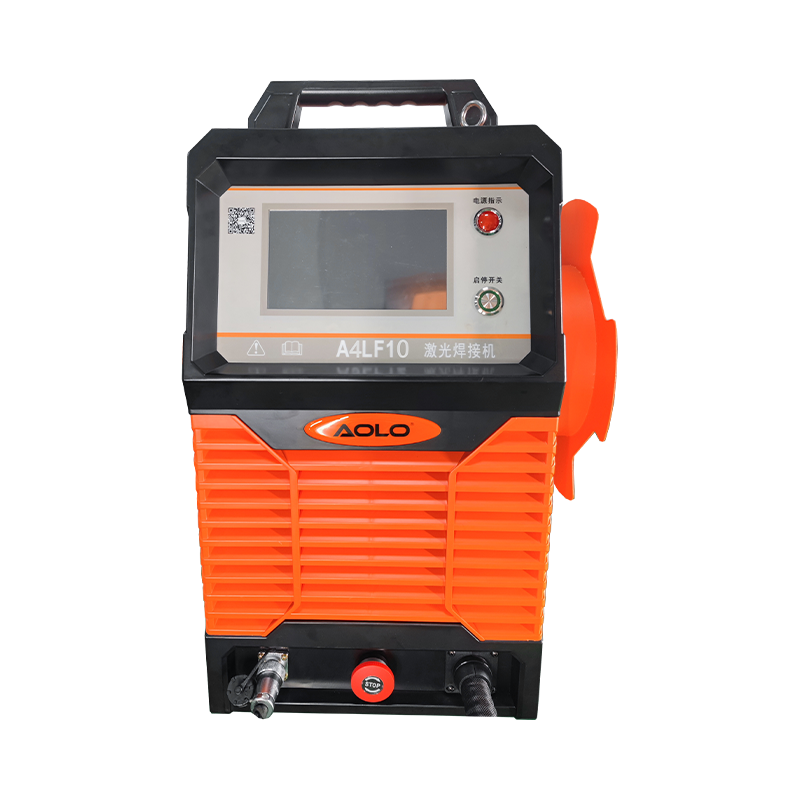
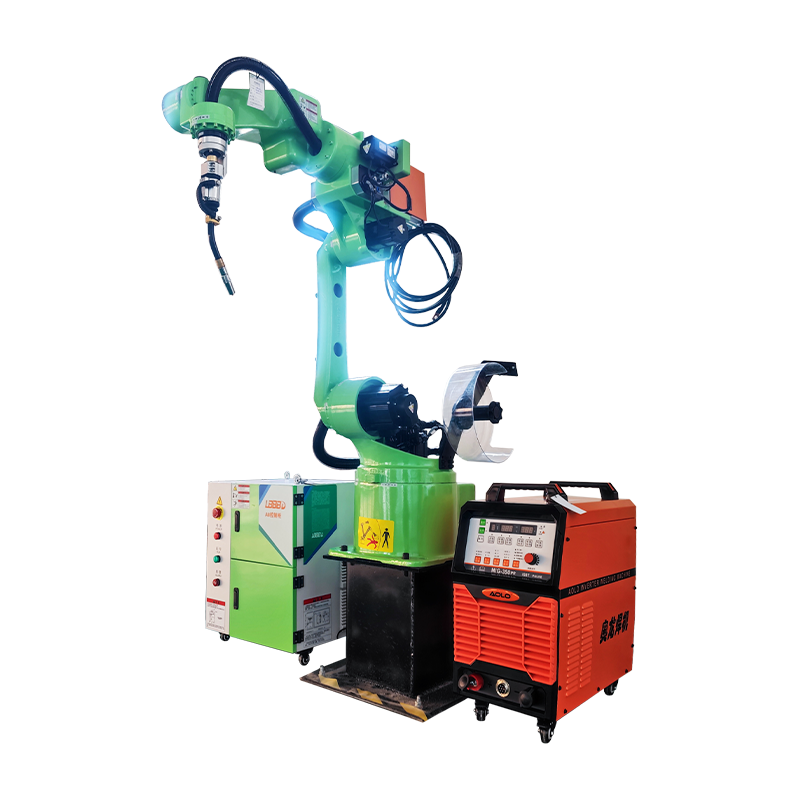







Contact Us